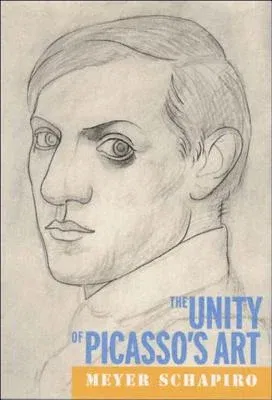This volume presents three of Meyer Schapiro's finest essays on Pablo
Picasso (1881-1973). Given that we esteem artists whose work epitomizes
particular styles, how can we likewise value Picasso, an artist who
demonstrates a wide range of artistic styles? In his first essay, The
Unity of Picasso's Art, Schapiro dismantles this apparent paradox by
finding unity through hidden associations among seemingly disparate
works and unsuspected ties to Picasso's personal experiences. In
Einstein and Cubism: Science and Art, Schapiro investigates potential
connections between the two most important radical innovations in
science and art of the early twentieth century: Einstein's 1905 Special
Theory of Relativity and Braque and Picasso's Cubism at the end of the
same decade. Schapiro uses the assumed relationship between the two to
analyze the classic themes of space, time, and movement in art,
celebrating the innovations of both Relativity and Cubism as models of
the searching, questioning mind, in short, of freedom of thought. In the
final essay, Schapiro shows that Guernica, although the greatest
political work of art of the twentieth century, nevertheless embodied
many of Picasso's artistic and personal obsessions. This book offers
comprehensive analysis of the twentieth century's most prolific
artist--Pablo Picasso. It will appeal to all those who have followed
Picasso's career and to those intrigued by the multi-faceted connections
between art and social changes. 13 color illustrations, 103 b/w
illustrations.

